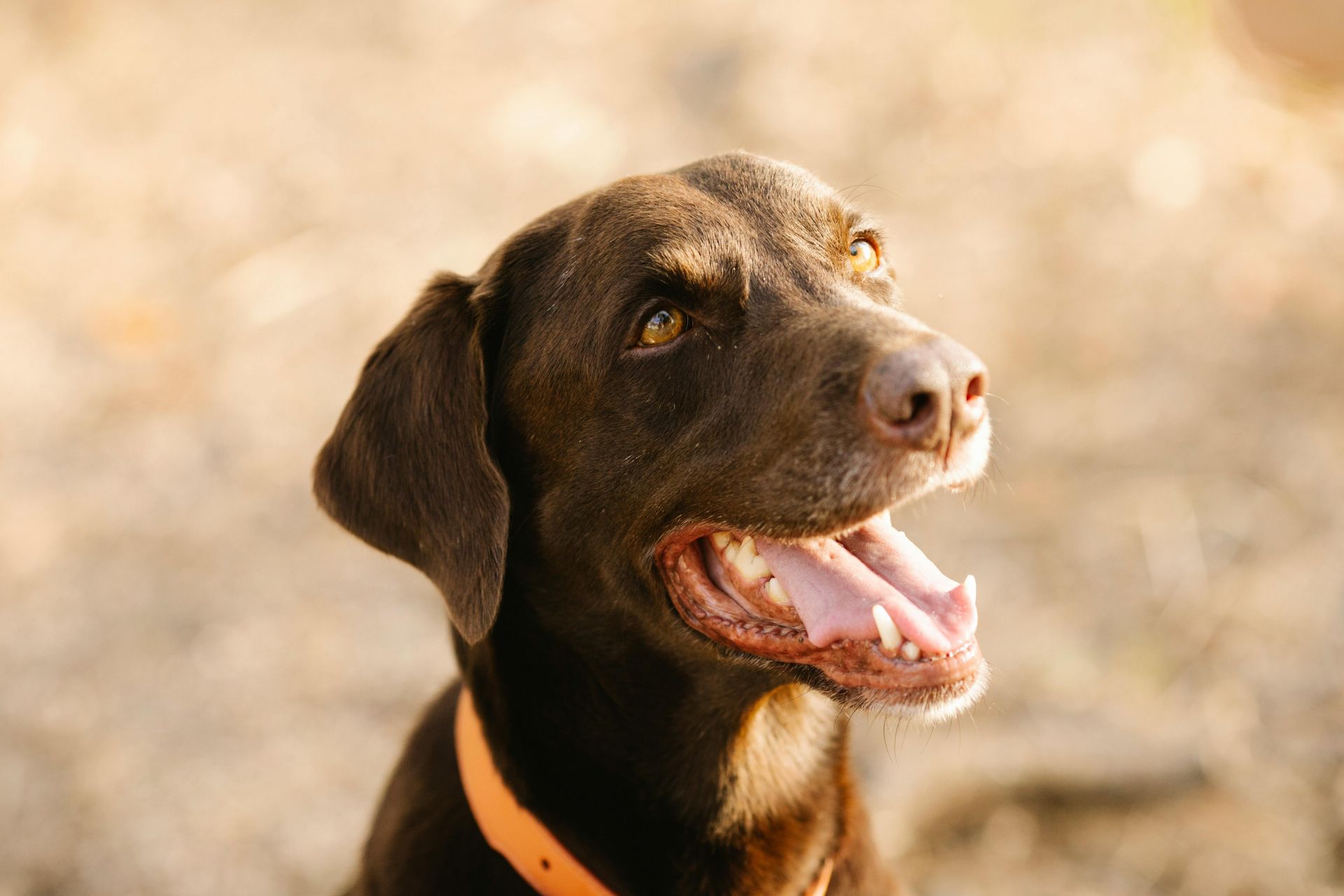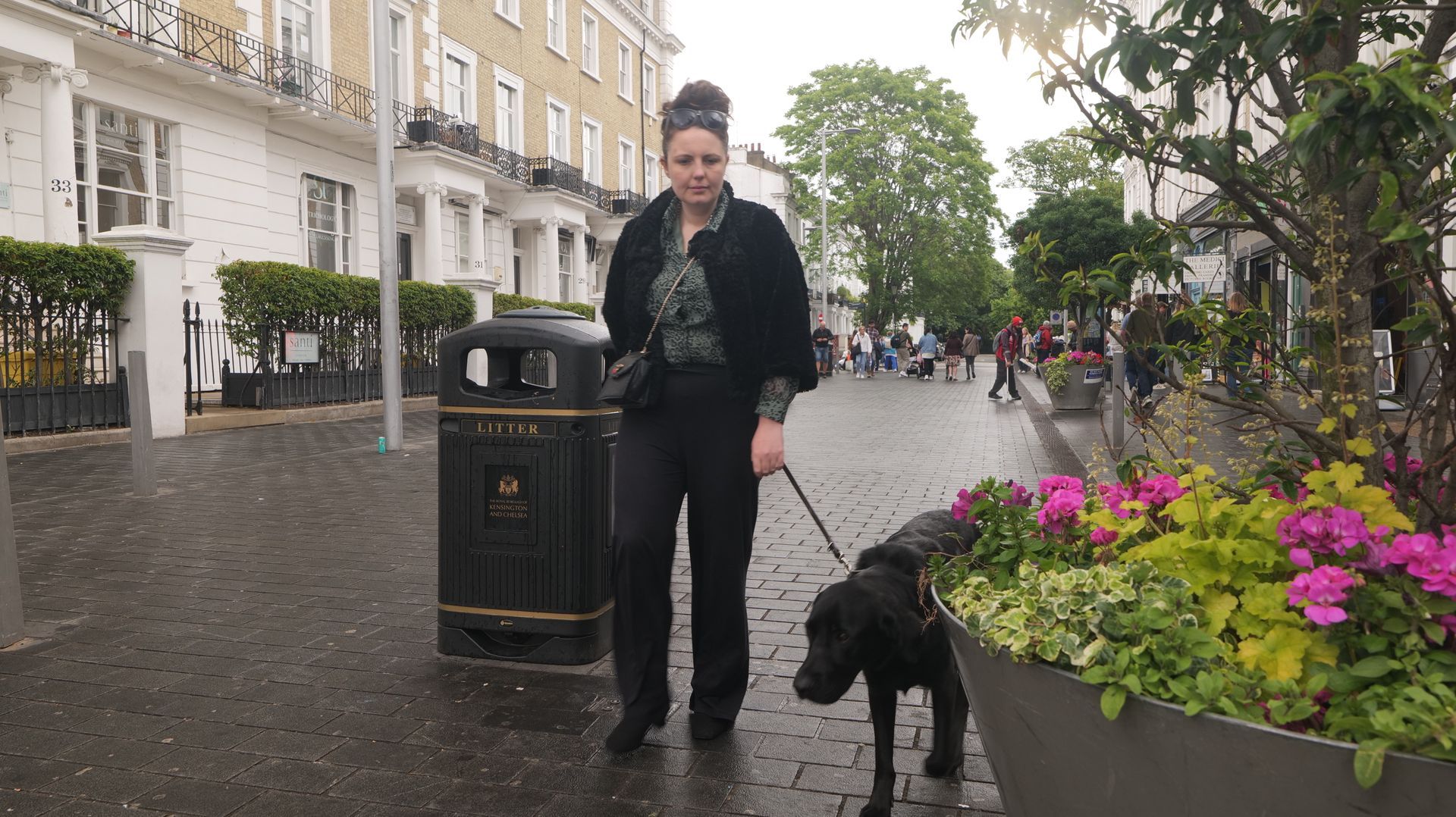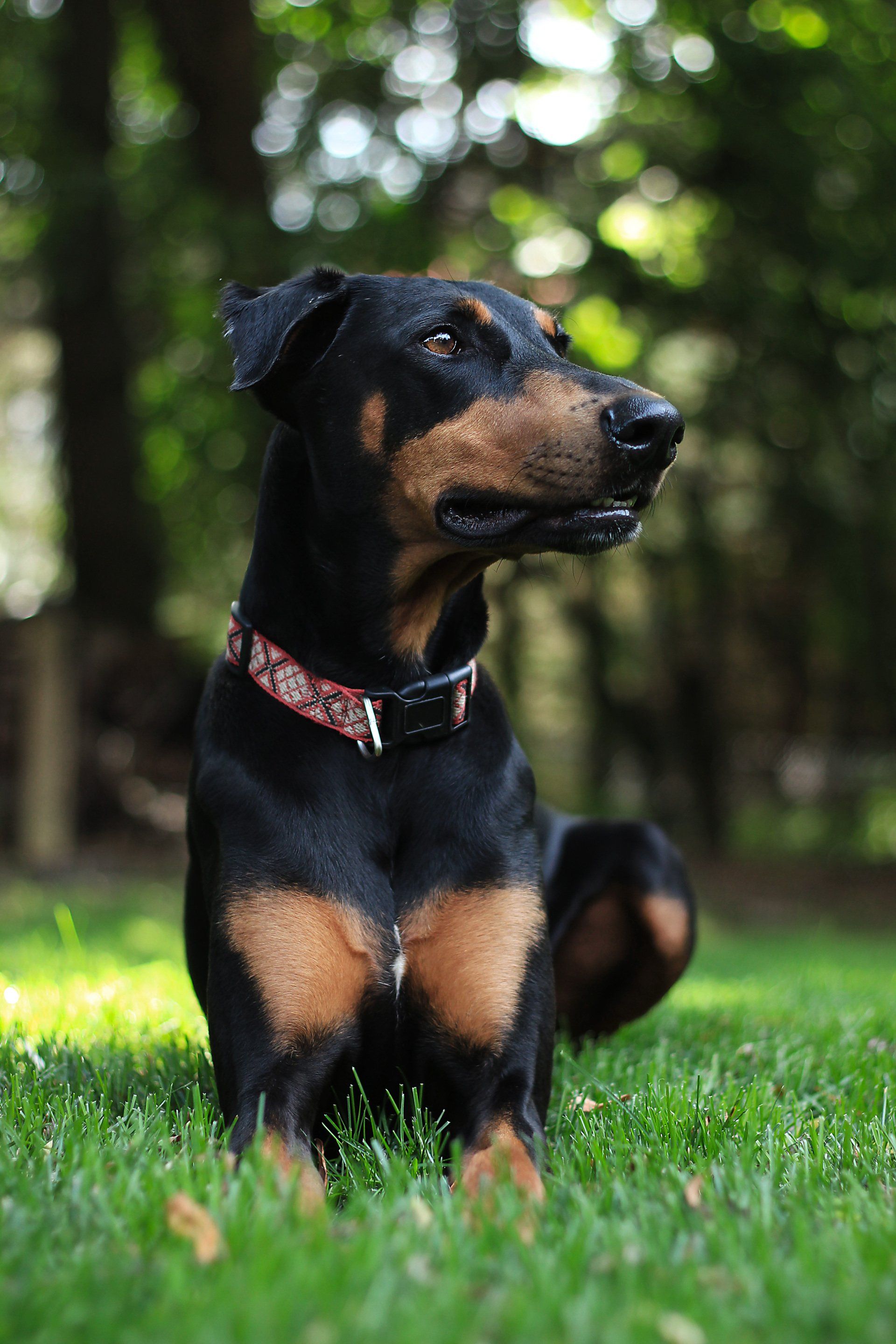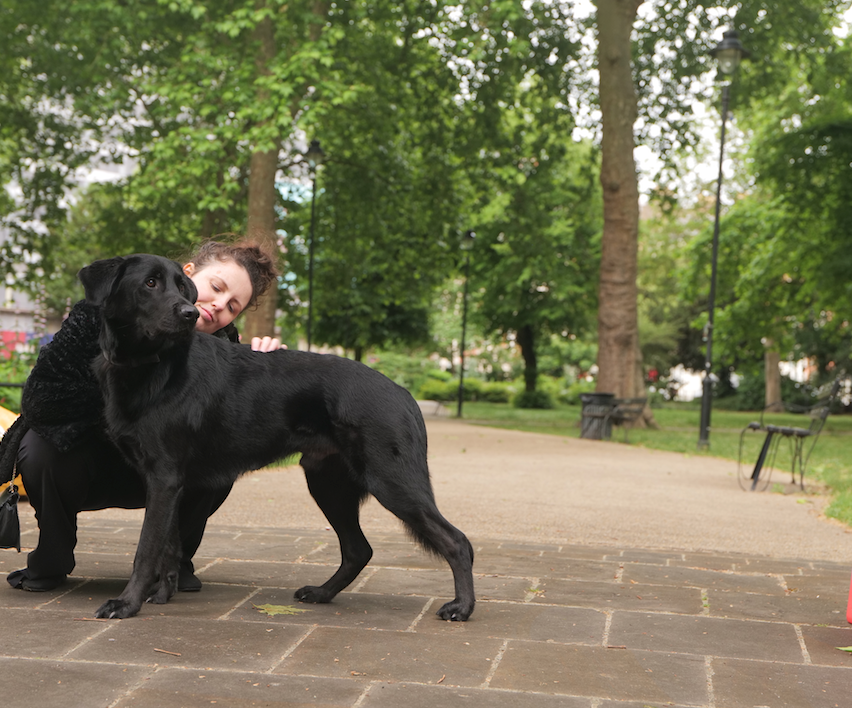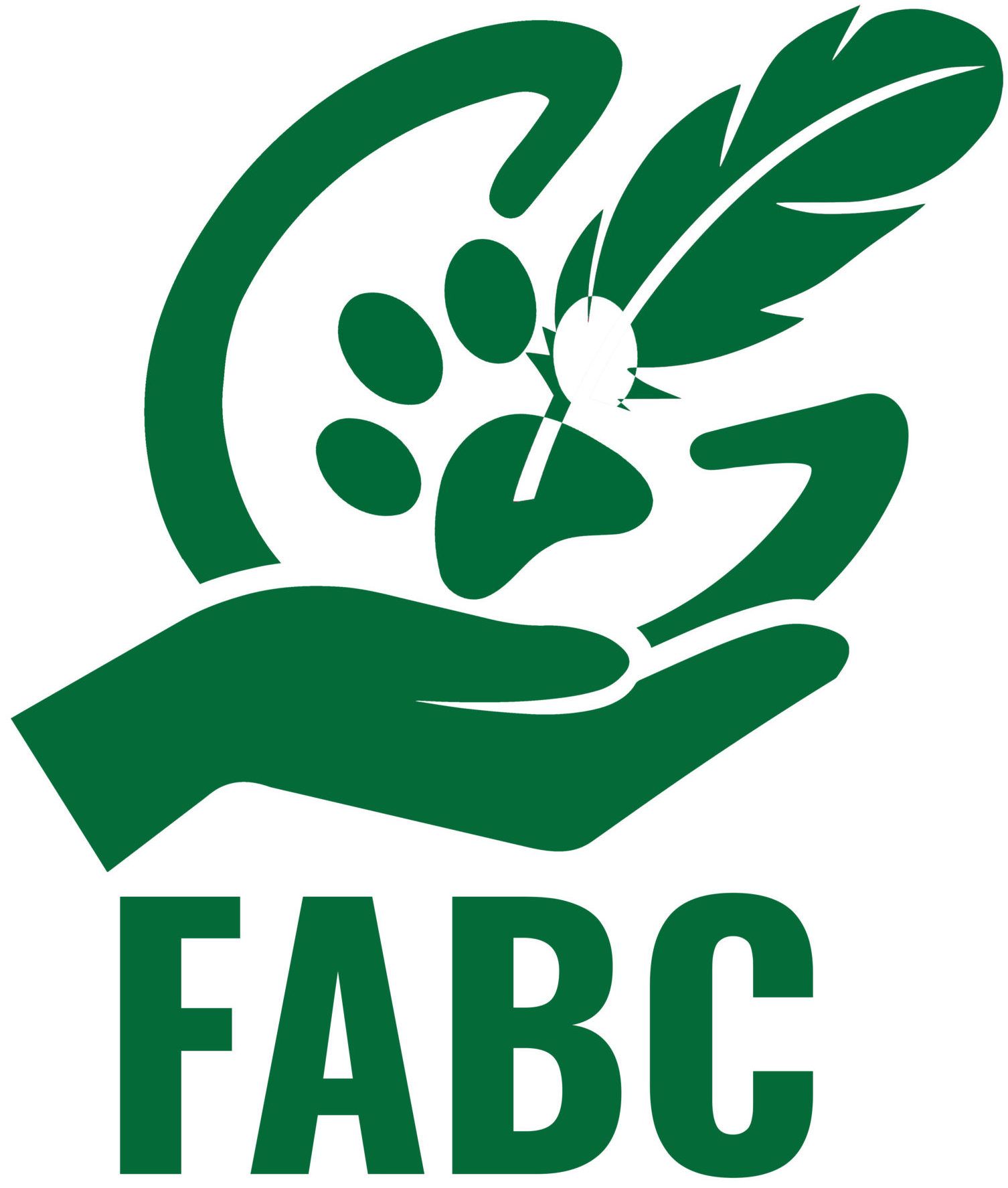What are the important health and behavioural considerations of neutering?
If you have a male dog you may wonder whether you should get them neutered or not. Friends, family, even people in the park may give unsolicited advice and it can be hard to know what to do that is best for your dog. You may have heard it stops humping or mounting, improves recall or predisposes pets to obesity. It’s a big decision and obviously irreversible and like any operation there are risks. Here are some considerations.
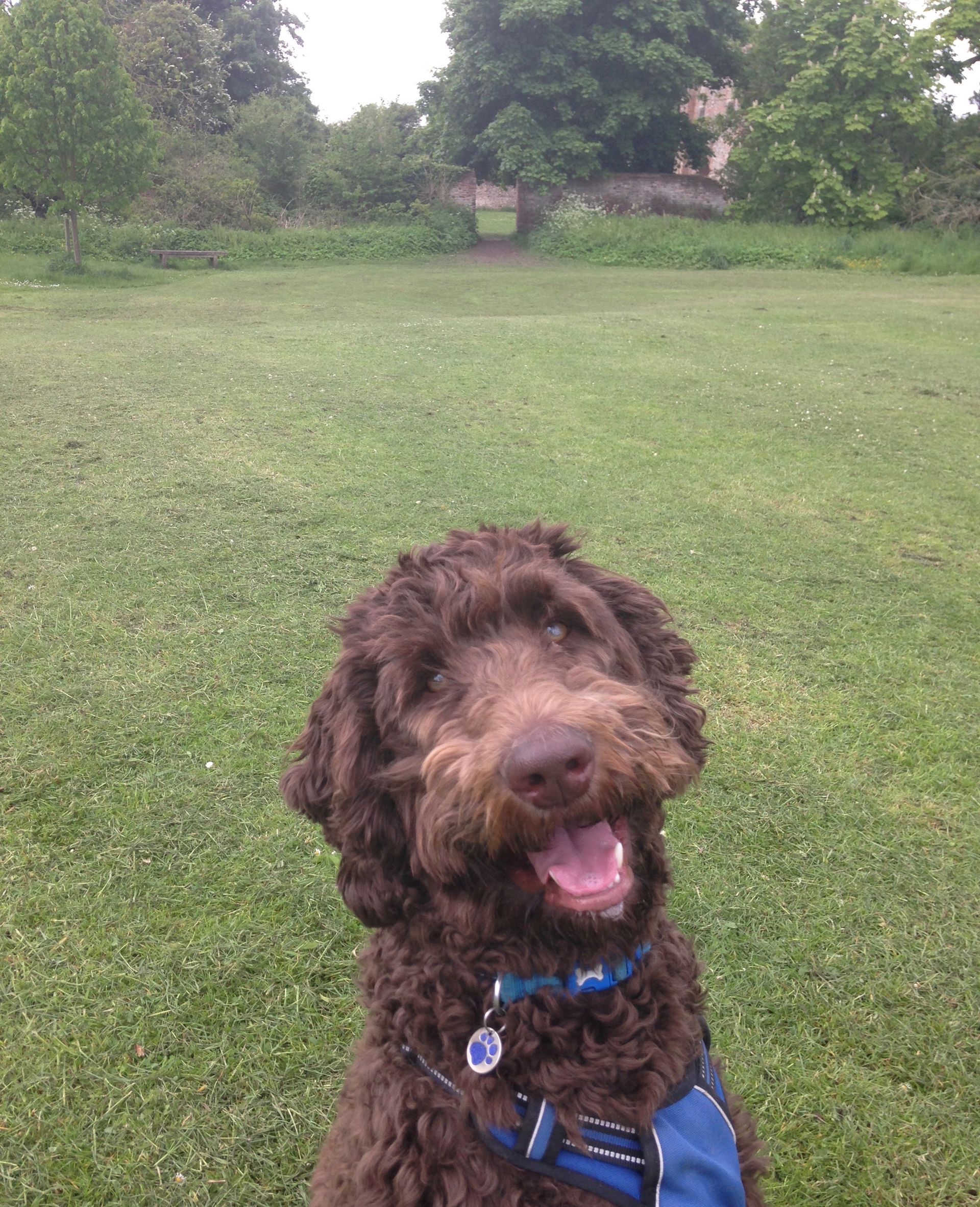
What does neutering involve?
This involves the removal of reproductive organs (testicles) and results in sterilisation. This means a dog will no longer be able to impregnate a female dog resulting in pregnancy and puppies (which sometimes are unwanted). Neutering may also be referred to as castration.
What about neutering from a health perspective?
For some dogs it is not advisable to neuter too early because it can affect growth of their joints, which could potentially lead to joint disorders.
Neutered dogs have reported to be at risk of osteosarcoma than non neutered dogs (Cooley, 2012). Osteosarcoma is a bone tumour (Ru, 1998).
Neutering can be associated with a lower risk of testicular cancer (Roor Kustritz, 2012).
If a dog reproduces they could be at risk of an infection called Brucella Canis (Boeri, 2008). Some dogs with this disease can have eye or bone infections.
What about neutering from a behavioural perspective?
A dog can hump or show poor recall, or aggression for a variety of reasons. Not simply because of testosterone. Without understanding the motivation for the behaviour and the emotion that is behind it, we risk attempting to cure something with the wrong methods. A dog can mount/hump because they are over-excited or over stimulated – it’s not always just a sexual reason.
Equally, a dog can show aggression for different reasons such as pain (Mills, 2020), fear or anxiety, a lack of adequate number of resources such as beds and food, or using positive punishment based training methods (adding something undesirable) such as hitting or shouting (Roll and Unshelm 1997). Aggression is not always due to increased testosterone.
There is some literature that suggests that neutering can contribute to Canine Cognitive Dysfunction - this shares symptoms with Alzeheimer's Disease such as anxiety, wandering and disrupted sleep patterns. (Urfer, 2019).
What is chemical castration?
This is not an operation but is a temporary castration choice – it is reversible. It involves a vet injecting an implant under the skin which realises hormones. There are health and behavioural considerations for this too and is not necessarily right for every dog.
If you want to find out more about neutering I offer calls, please contact us to book a conversation with Lisa.
References
Boeri, E., Escobar, G. I., Ayala, S. M., Sosa-Estani, S., & Lucero, N. E. (2008). Brucelosis canina en perros de la ciudad de Buenos Aires [Canine brucellosis in dogs in the city of Buenos Aires]. Medicina, 68(4), 291–297.
Cooley DM, Beranek BC, Schlittler DL, Glickman NW,Glickman LT, Waters DJ. Endogenous gonadal hormone exposure and bone sarcoma risk. Cancer Epidemiology,Biomarkers, and Prevention 2002;11:1434–40.
Mills, D.S.; Demontigny-Bédard, I.; Gruen, M.; Klinck, M.P.; McPeake, K.J.; Barcelos, A.M.; Hewison, L.; Van Haevermaet, H.; Denenberg, S.; Hauser, H.; et al. Pain and Problem Behavior in Cats and Dogs. Animals 2020, 10, 318. https://doi.org/10.3390/ani10020318
Roll, A., Unshelm, J., 1997. Aggressive conflicts amongst dogs and factors affecting them. Appl. Anim. Behav. Sci. 52, 229-242.
Root Kustritz M. Effects of surgical sterilization on canine and feline health and on society. Reprod Domest Anim. 2012;47:214–22.
Ru G, Terracini B, Glickman LT. Host related risk factors for canine osteosarcoma. Veterinary Journal, 1998;156(1):31–9.
Urfer, S. R. & Kaeberlein, M. (2019) Desexing Dogs: A Review of the Current Literature. Animals (Basel). 9 (12).

